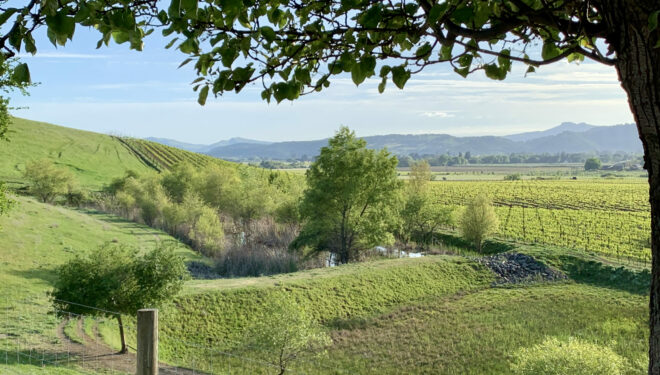
By Wesley A. Miliband and Kristopher T. Strouse
On January 20, 2021, the State Water Resources Control Board (SWRCB or Board) voted unanimously in favor of the adoption of a resolution that will establish waste discharge requirements for wineries throughout the state. With the adoption of this new Winery Order, the SWRCB is seeking to protect California’s surface and ground water sources while streamlining and improving permitting consistency, but the Order has so far seen a mixed reception by industry members.
Statewide General Waste Discharge Requirements for Wineries
Up until the adoption of the Winery Order, waste discharge requirements and permitting has been handled by Regional Water Quality Control Boards (RWQCBs) on a case-by-case basis. Because of this, many large wineries spanning multiple counties had been subject to the permitting and discharge requirements of multiple RWQCBs.
Furthermore, the utilization of the regional water boards in handling these matters led to most wineries remaining outside the purview of the Board’s permitting requirements. Of California’s roughly 3,600 bonded wineries, only 589 wineries held permits from RWQCBs to protect water quality.
The new system—adopted in the Board’s Winery Order—would implement statewide rules for waste discharge from wineries. Specifically, the SWRCB developed general Waste Discharge Requirements for winery process water for wineries and similar facilities that generate winery waste and discharge it to land for reuse or disposal.
A Tiered System by Size
Classifying wineries by size, the Winery Order uses a tiered system which exempts wineries generating less than 10,000 gallons of processed water discharge annually and imposes the most stringent requirements on wineries producing over 1,000,000 gallons annually.
Among the requirements introduced by the Winery Order, winery operators can expect to see reporting requirements established or increased for process water discharges and new requirements for water treatment systems and ponds. Winery operators will also see caps to the amount of processed water they can dispose of through land applications and subsurface disposal. Additionally, the State’s largest wineries—those producing more than 1,000,000 gallons in processed water discharges annually—will also be subject to groundwater monitoring requirements.
Over 2,000 wineries that apply winery process water to land for reuse and disposal will be affected by the new regulation once implementation by regional water boards begins, which will likely occur sometime after the state board adopts a fee schedule for the statewide order at its meeting scheduled for March 9.
Conclusion and Implications
The State Water Resources Control Board has given wineries a three-year window for permitting under the Winery Order, with an additional five-years to come into compliance, meaning the ultimate aim of this new system won’t fully come to fruition for nearly a decade.
With that said, critics on both sides have issues with the Order at the outset. On one side of the aisle, smaller winery owners have expressed concerns that the implementation of more strict discharge and reporting requirements will impose a financial burden these wineries are not in the position to endure—especially in a time like now where wineries are seeing increased challenges from both Covid-19 and California’s increasingly common wildfires.
On the other hand, the Order has been attacked as not going far enough. The California Coastkeeper Alliance, in a recent news release on the Winery Order, expressed their concerns with the Order’s limited groundwater monitoring and absence of stricter spill prevention requirements. Just last January, for example, Sonoma County had one of the worst spills in state history when a local winery’s tank failed, spilling nearly 97,000 gallons of wine into Reiman Creek, a tributary to the Russian River.
For better or worse, the new statewide system will at least serve as a step in the for seeking to protect California’s groundwater and surface water resources. The final Resolution and Winery Order documents will be available soon on the State Water Resources Control Board’s website at: https://www.waterboards.ca.gov/water_issues/programs/waste_discharge_requirements/winery_order.html




